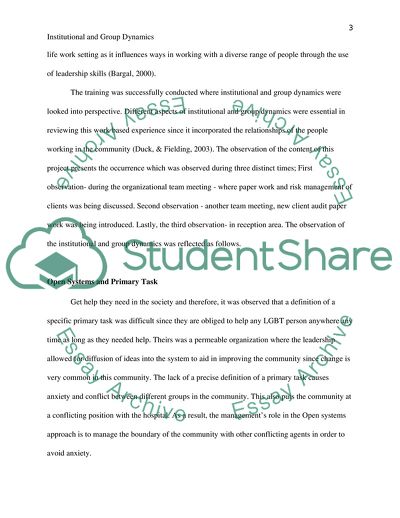Cite this document
(Institutional and Group Dynamics Coursework Example | Topics and Well Written Essays - 2250 words, n.d.)
Institutional and Group Dynamics Coursework Example | Topics and Well Written Essays - 2250 words. https://studentshare.org/human-resources/1828178-institutional-and-group-dynamics
Institutional and Group Dynamics Coursework Example | Topics and Well Written Essays - 2250 words. https://studentshare.org/human-resources/1828178-institutional-and-group-dynamics
(Institutional and Group Dynamics Coursework Example | Topics and Well Written Essays - 2250 Words)
Institutional and Group Dynamics Coursework Example | Topics and Well Written Essays - 2250 Words. https://studentshare.org/human-resources/1828178-institutional-and-group-dynamics.
Institutional and Group Dynamics Coursework Example | Topics and Well Written Essays - 2250 Words. https://studentshare.org/human-resources/1828178-institutional-and-group-dynamics.
“Institutional and Group Dynamics Coursework Example | Topics and Well Written Essays - 2250 Words”. https://studentshare.org/human-resources/1828178-institutional-and-group-dynamics.


